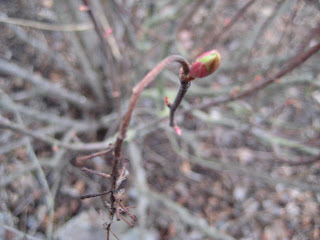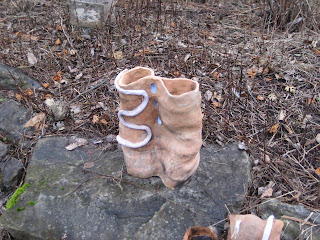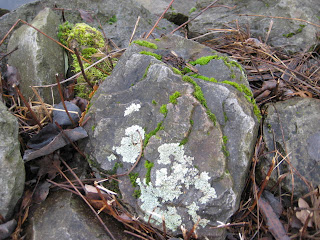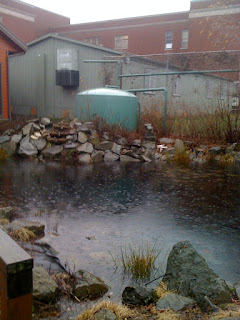plants are stiring

The plants are stirring and growth is starting to open up. The earliest things are the buds on the flowering currant. They will soon turn into pink flowers that drip from each stem. Since it is so wet here in Oregon the mosses are moving from a leafy stage into a spor stage. On the ground in the wet land is an interesting plant called colts foot. I guess it resembles a young horse in its infant stage. What do you think? Finally the nine bark is pretty now with its split bark against the twigs.







